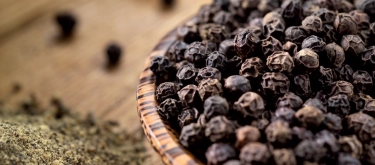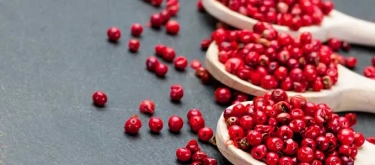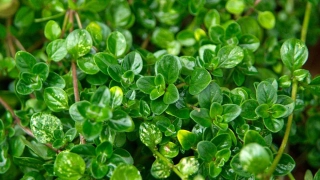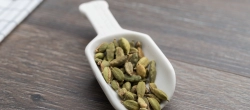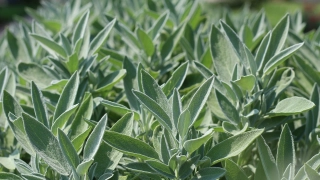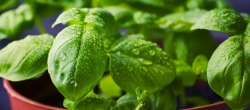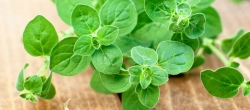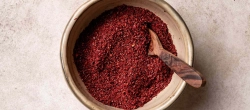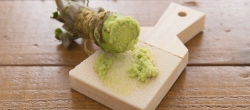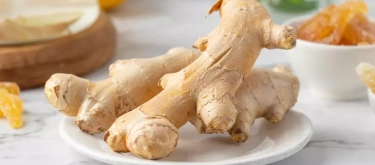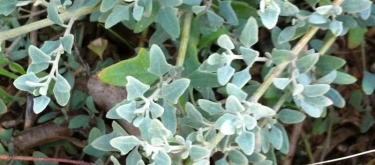Tasmanian Pepperberry: Taste Profile, Aroma, Benefits and Health Risks
Tasmanian Pepperberry (Tasmannia lanceolata), also known as mountain pepper, is a native Australian spice derived from the berries and leaves of a shrub found in the cool rainforests of Tasmania and southeastern Australia. It is prized for its dual sensory qualities: aromatic sweetness and pungent pepperiness.
Generally safe, though people with sensitivities to spicy or pungent foods should exercise caution.
What does Tasmanian Pepperberry taste like?
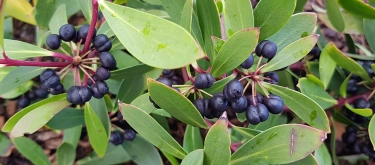
Complete Sensory Description:
-
Taste: The berries begin with a mild, sweet fruity flavor followed by a sharp, peppery heat that lingers. The leaves are similarly aromatic with a eucalyptus-like spiciness.
-
Aroma: Sweet, spicy, and slightly woody with hints of clove, cinnamon, and resin.
-
Texture: Dried berries are firm and crunchy, while ground pepperberry is fine and powdery. The leaves, once dried, are crumbly.
-
Appearance: The berries are small, round, and dark purple-black when dried. The leaves are narrow, green to grey-green, and glossy.
In-depth Flavor Analysis:
The heat of Tasmanian pepperberry comes from polygodial, a sesquiterpene dialdehyde compound known for its pungent and slightly numbing effect. This compound gives the spice a delayed heat that builds after the initial sweetness. Flavonoids and anthocyanins contribute to both antioxidant activity and a complex fruity-woody flavor profile.
Flavour Variations Depending on Preparation and Ripeness:
-
Ripeness: Unripe berries are more bitter and lack sweetness. Fully ripe berries develop their characteristic fruity aroma and deep peppery warmth.
-
Preparation: When ground, pepperberry’s flavor becomes more intense and slightly astringent. Cooking mellows the spice and can lend subtle sweetness to savory dishes, while raw applications (e.g. as garnish or seasoning) preserve its full pungency.
Varieties and Culinary Applications:
Only one primary culinary species is widely used—Tasmannia lanceolata. Pepperberries are used in meat rubs, sauces, marinades, pickles, and cheeses. The leaves can be used like bay leaves in stews, soups, or roasts. The spice pairs well with lamb, game meats, root vegetables, and native fruits like Davidson’s plum.
Selection and Storage:
Choose whole dried berries that are glossy, dark, and free from mold. Store both berries and leaves in airtight containers away from light and moisture. Ground forms lose potency faster and should be used within a few months.
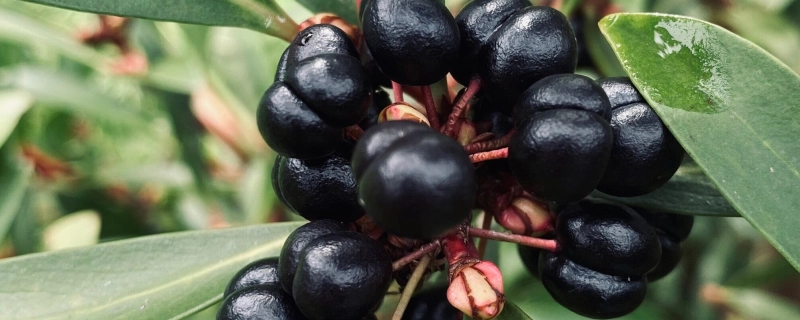
Nutritional Insights:
Pepperberries are rich in antioxidants, especially anthocyanins and flavonoids. They possess antimicrobial, anti-inflammatory, and antifungal properties. Traditional Aboriginal use includes treatment of stomach ailments and as an antiseptic agent.
Expert Insights & Culinary Tips:
Tasmanian pepperberry should be used sparingly due to its lingering pungency. It’s excellent in spice rubs or ground into sauces. Combining it with sweet or acidic ingredients—like balsamic vinegar, citrus, or honey—balances its sharpness and enhances complexity.
Interesting and Curious Facts:
-
Used by Indigenous Australians for both culinary and medicinal purposes.
-
The intense purple color of ground pepperberry can tint sauces or oils with a striking hue.
-
Sometimes used in gin production for its aromatic properties.
Harm and Dietary Considerations:
Due to its potency and essential oil content, large quantities of pepperberry may irritate mucous membranes or sensitive digestive systems. It is not recommended for infants or young children under 3 years due to the pungency and potential for gastrointestinal discomfort. Pregnant individuals should avoid medicinal use.
Religious Dietary Considerations:
Tasmanian pepperberry is plant-based and acceptable in all major religious dietary practices.
Final Thoughts & Sensory Journey:
Tasmanian pepperberry delivers a captivating contrast of sweet fruitiness and bold peppery fire, making it a unique and valuable addition to modern spice palettes.
Resources:
-
"Australian Native Food Plants: Propagation and Cultivation" by Yasmina Sultanbawa and Fazal Sultanbawa (2016).
-
"Medicinal Plants in Australia" by Cheryll Williams (2010).
-
"Handbook of Spices, Seasonings, and Flavorings" by Susheela Raghavan (2006).
